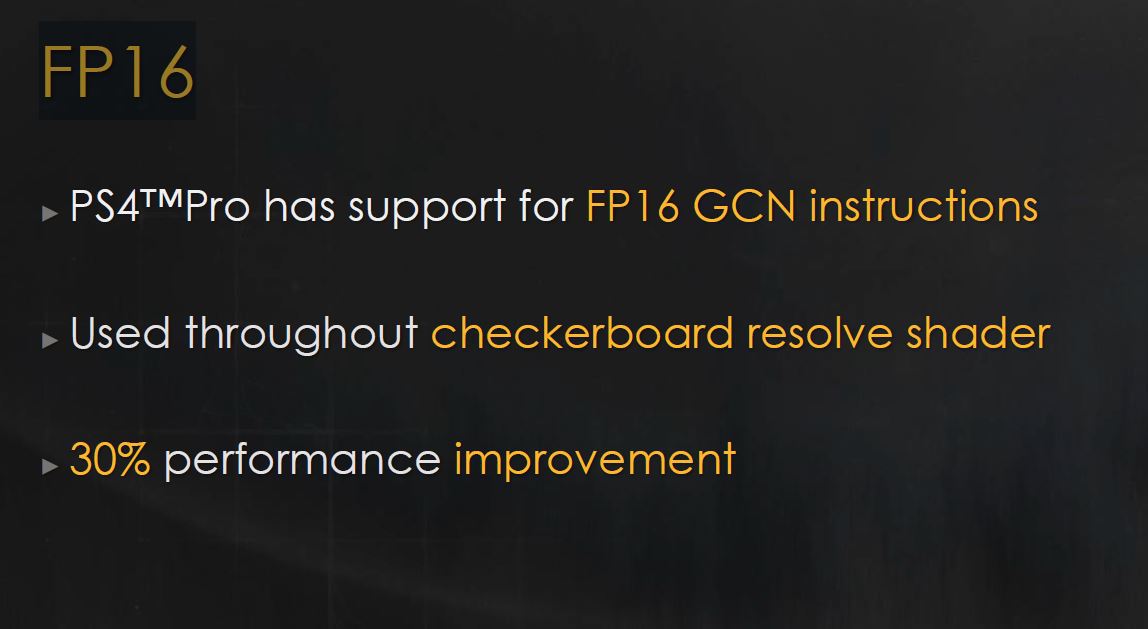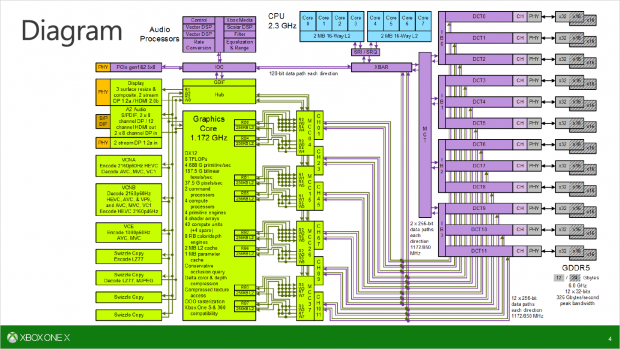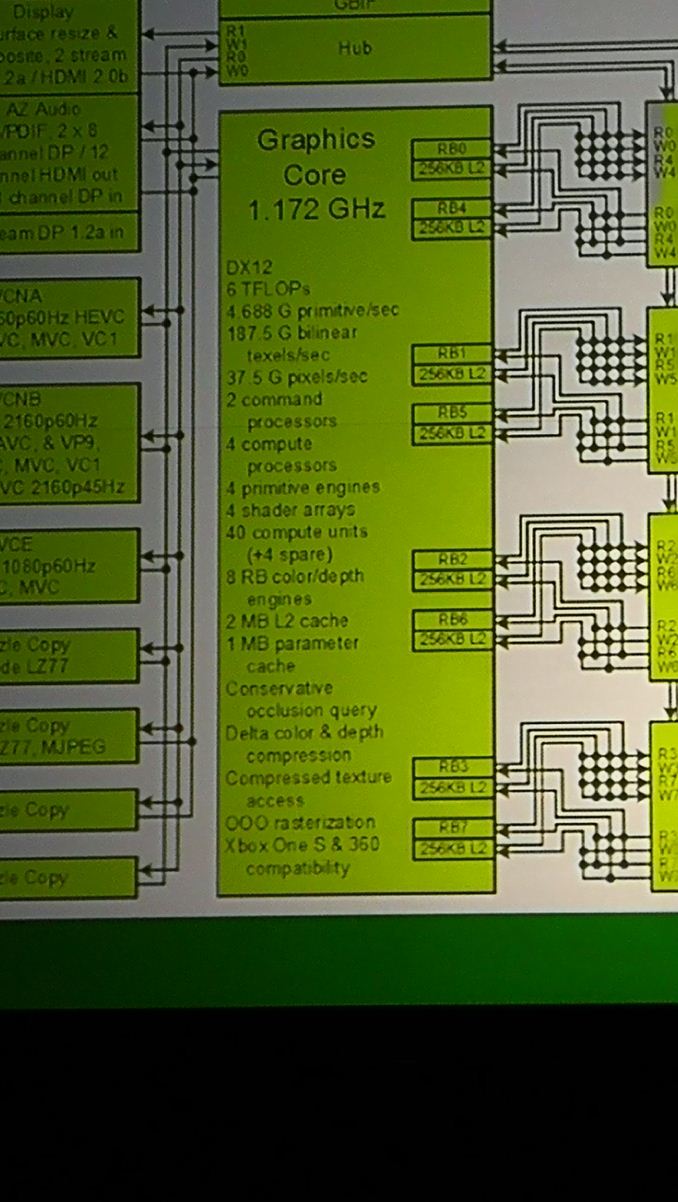Typically bottlenecks work like this: you put in as much as possible (on the GPU) until the CPU becomes the bottleneck. Then you optimize the heck out of the CPU code until the GPU becomes the bottleneck. And you go back and forth and back and forth until the release of the product.I mean, imagine that RDR 2 is 1080p or 900p 30 fps in X1/s. So, could be this technique a posibility to achieve 4K "60fps" in a Multi like that in Scorpio?
I know that Halo 5 or the future Forza 7 could be a true posibility at 4k 60fps ( DF article), but they run at 60 fps even in X1/s. With videogames at 30 fps, i think it could be maybe a serious problem even at native 1080p for de Scorpio's Cpu (pass from 30 to 60 fps, tipycal problem of cpu-bound in this gen that we can see even on Ps4 Pro with FFXV for example ). That's why i'm asking about that video info...
Thanks
Games are designed well in advance as to what they want their games to accomplish. Engine and graphics coders do a decent amount of math to determine how many triangles they want to support per scene, the type of lighting, the frame rate, etc. All these things are more or less decided up front. So if they want a specific setup, given how strong the GPUs are, they already know if they will be bound to 30fps. If they aim for 60fps they will reduce the values of everything else.
So don't be too caught up in this notion that the weak CPUs bottlenecking everything. It's not how it works exactly. You can easily change the perspectives and say, because they set the graphics to be 30fps, then they had that much additional time on the CPU side to put in more work and effort there. If you had a 60fps game, you'd have 1/2 the time, so you'd need to find other ways to accomplish this task, i.e. running dedicated servers.
So it really depends on the goals of the developers. As a personal note, I do find it funny that now that we have 4Pro and Scorpio, all of a sudden after 4 years of service the general masses have actually finally perked up about the CPU (looking at other forums etc).
Last edited:






